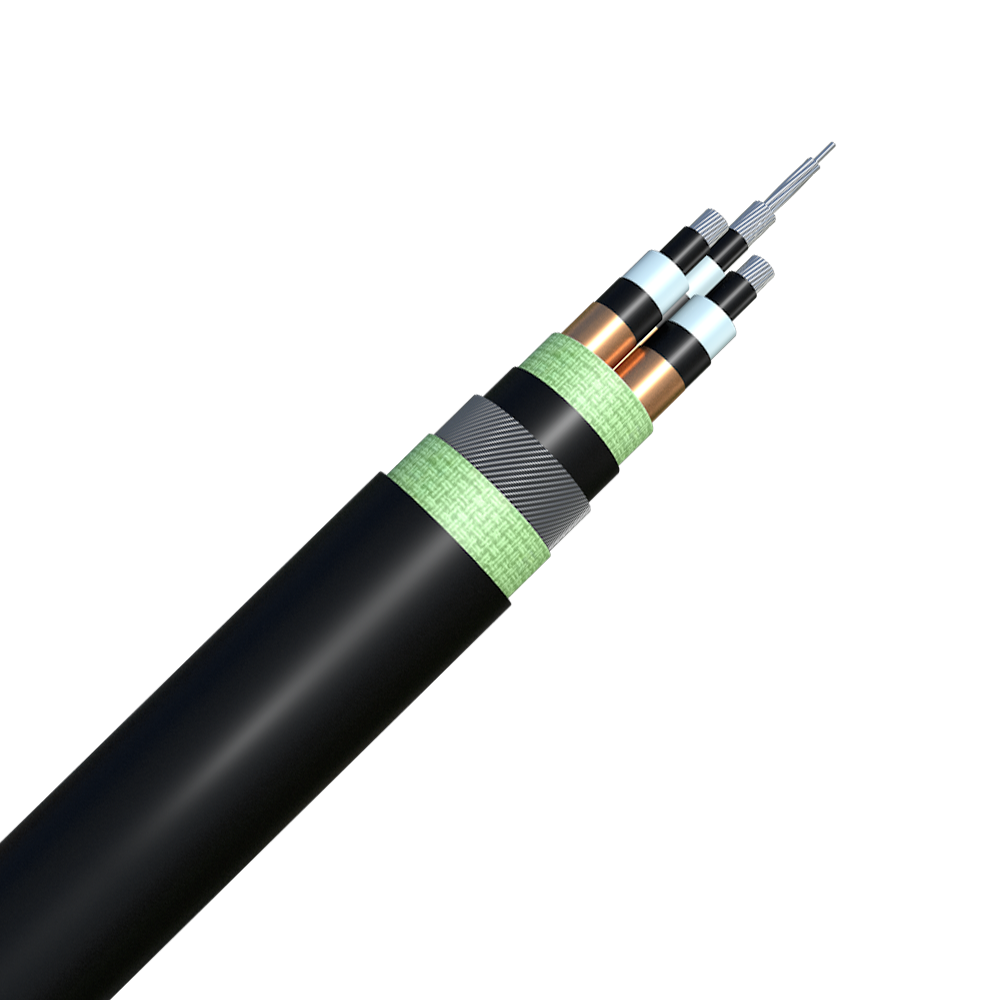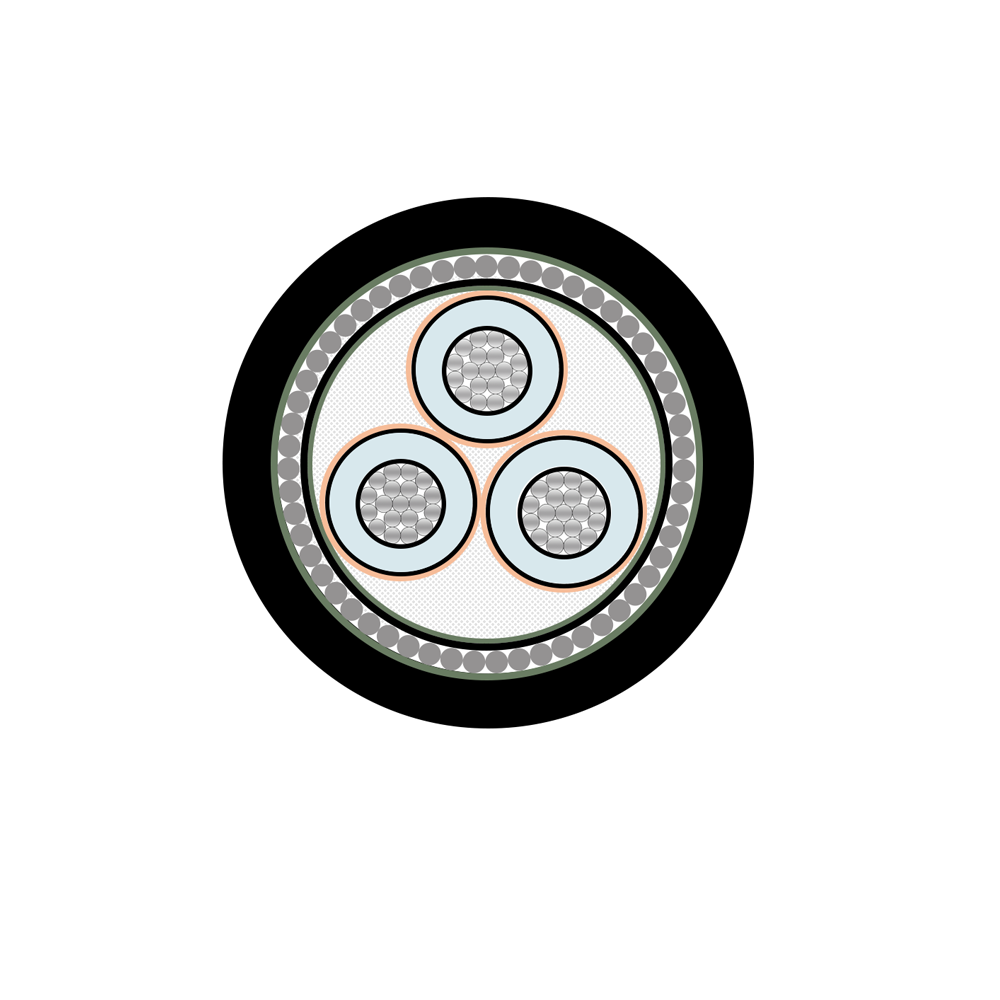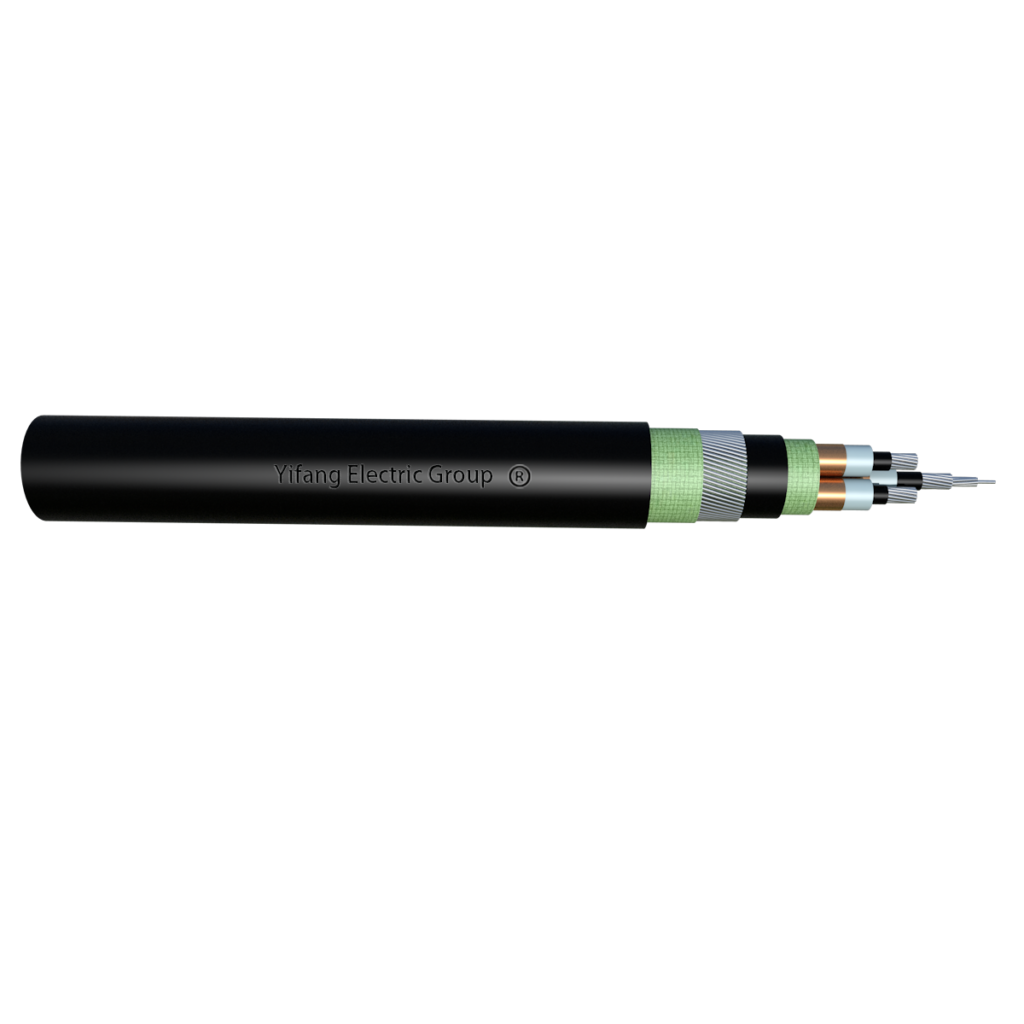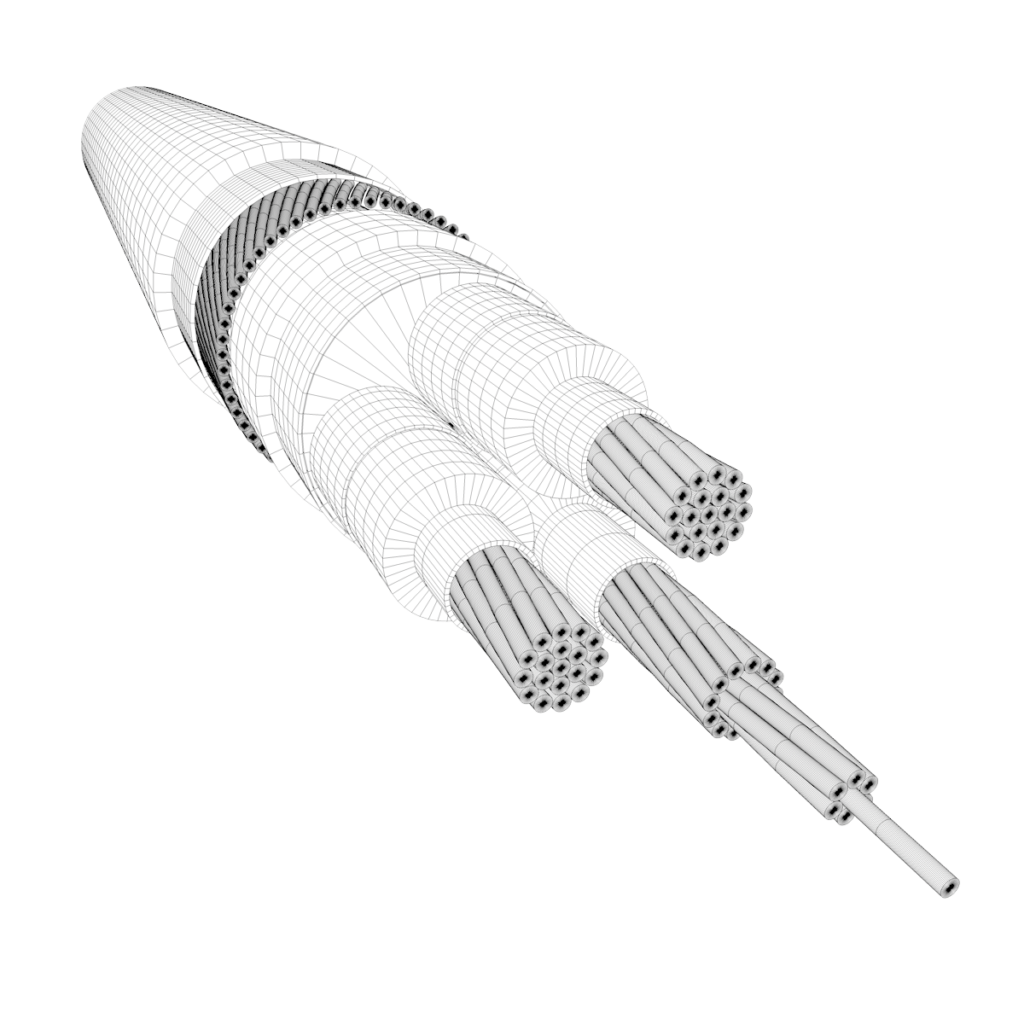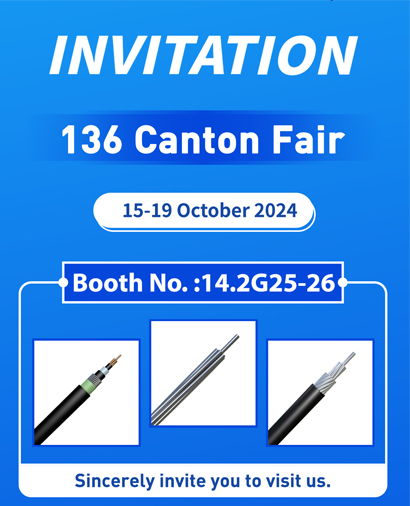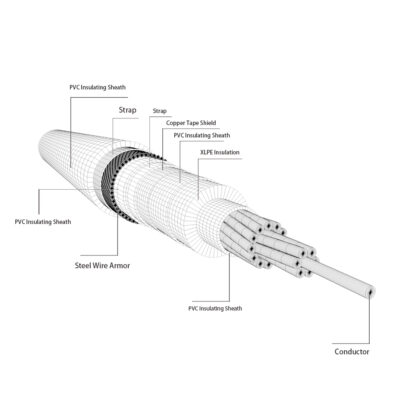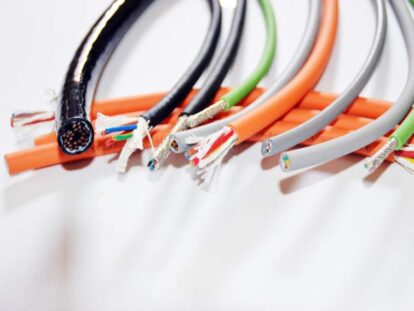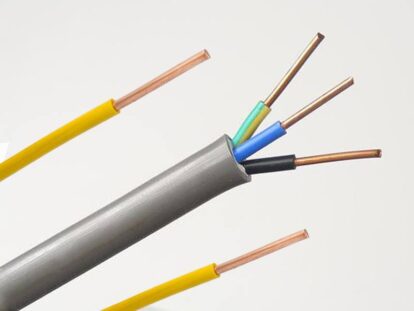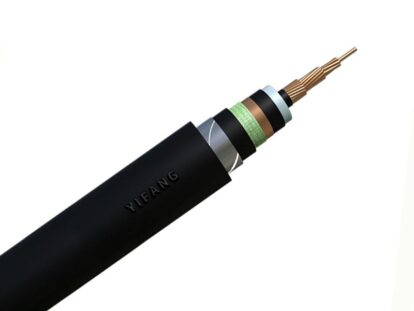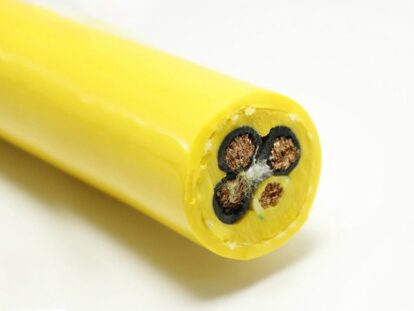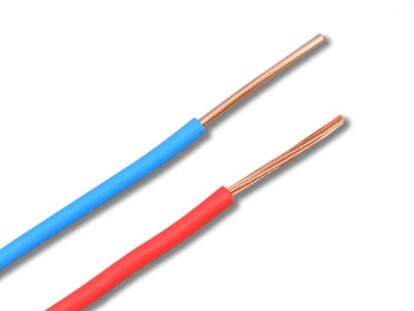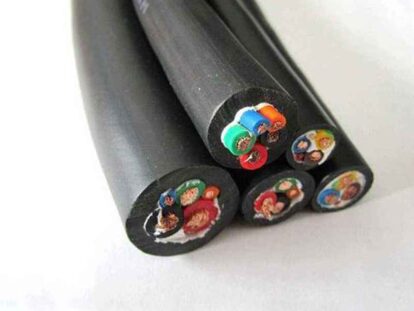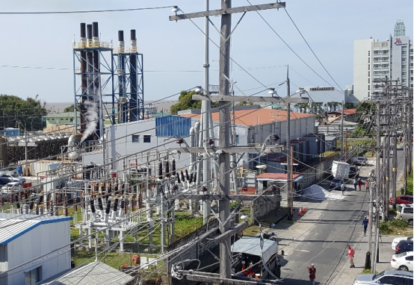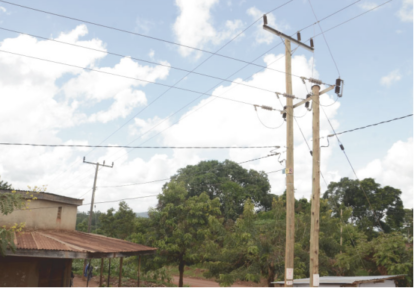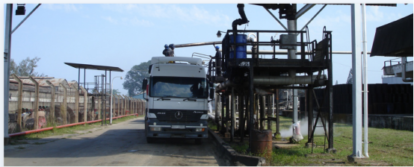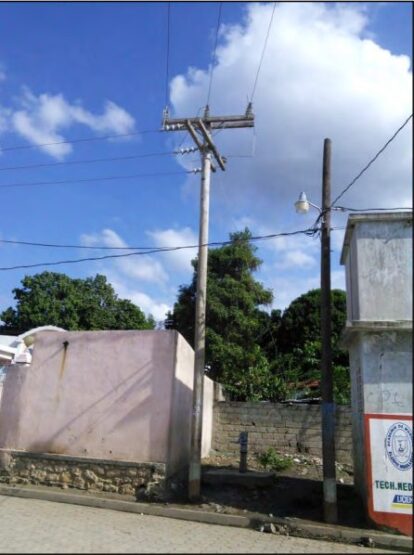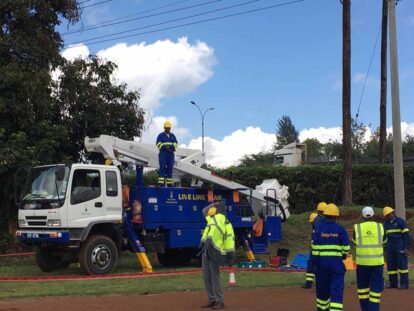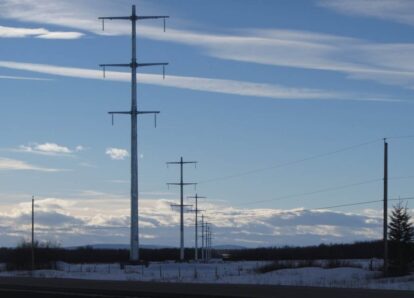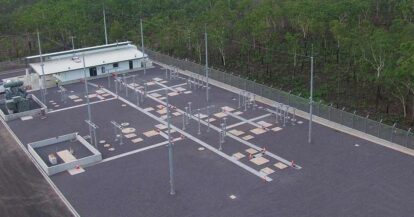Medium voltage cables refer to power cables with a rated AC working voltage between 6KV and 33KV. It usually uses XLPE or EPR as the insulating material, which has good heat resistance, aging resistance and environmental stress cracking resistance. The conductor of the medium voltage cable is generally copper or aluminum, the sheath is generally PVC or PE, and the armor layer is generally steel tape or steel wire.
Features
- Small footprint
Due to the relatively small insulation distance between lines, medium-voltage cables can be buried in soil, laid in tunnels or indoors without erecting poles, which can save a lot of space and cost. - High security
Due to the use of high-quality insulating materials and shielding layers, medium-voltage cables can effectively reduce the occurrence of partial discharge and creepage, and improve electrical performance and reliability. At the same time, medium voltage cables also have good fire resistance, heat resistance, corrosion resistance and other characteristics, and can adapt to various harsh environmental conditions. - High transmission efficiency
Due to its low impedance and small line loss, medium voltage cables can realize long-distance transmission and distribution. This can reduce the number and scale of intermediate transformers or switchyards, reducing investment and operating costs. At the same time, medium voltage cables are also conducive to improving the quality and stability of power supply.
Application
Medium voltage cable is a cable used for power transmission and distribution at a voltage level between 6KV and 33KV. According to different use environments and requirements, medium-voltage cables can be divided into common types, flame-retardant types, fire-resistant types, low-smoke and halogen-free types and other types.They are widely used in petrochemical, transportation, wastewater treatment, food processing and other fields, and are important types of application cables.
Construction
Medium-voltage power cables have shielding and sheathing, and non-magnetic armoring can be used under necessary conditions. Refer to the figure below for the structure of conventional cables.
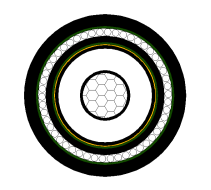
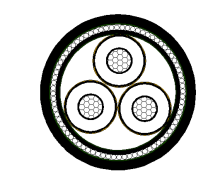
Performance
| Rated volatage,U0 | Test volatge r.m.s |
| kv | kv |
| 3.8 | 7.5 |
| 6.35 | 12.5 |
| 8.7 | 17.5 |
| 12.7 | 25.5 |
| 19.0 | 38.0 |




